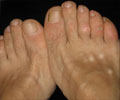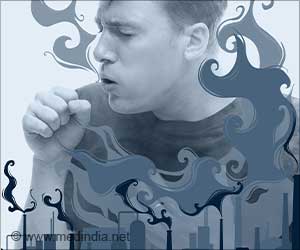Varicose vein affects people who stand for long hours. Endo-venous laser therapy is a minimally invasive, short procedure used to treat varicose veins.

The survey also revealed that work that requires a person to stand for long duration is the main reason that causes varicose veins. Besides, it was also found that this occurs commonly in the veins of legs and thighs.
"Varicose veins affect those who stand for long hours, such as teachers, traffic policemen, sales people and others. If varicose veins are not treated early, there can be complications leading to chronic venous insufficiency," said Vimal Someshwar, director of Interventional Radiology Department at Wockhardt hospital.
Speaking on the issue, Someshwar also said that treatment is not easy as people ignore it considering the disease as a cosmetic problem and fail to diagnose it.
Worldwide, superficial venous disease is more common in women as compared to men.
Wockhardt Hospital organized a Varicose Veins screening checkup for the Mumbai police personnel especially for its traffic department on May 10.
"Even though the disease is not life-threatening, it can be debilitating if not treated properly. The 15-20 percent of people, who have visible varicose veins is lucky because they can see the problem. However, more worrying are the hidden kind of Venous diseases," said Someshwar.
“Endo-venous laser therapy (ELVT) is the latest technique used in the treatment of varicose veins. It is a minimally invasive, short procedure requiring local anesthesia with a day care admission and patients can return to work quickly after the treatment,” said Someshwar.
Source-Medindia
 MEDINDIA
MEDINDIA

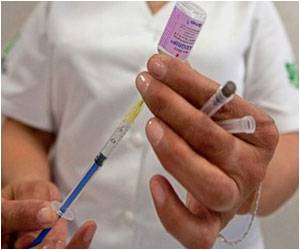
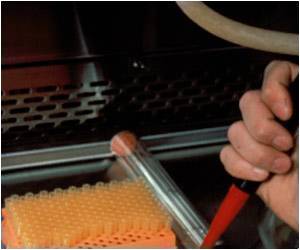
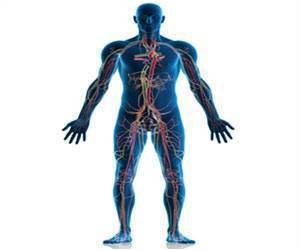
 Email
Email
